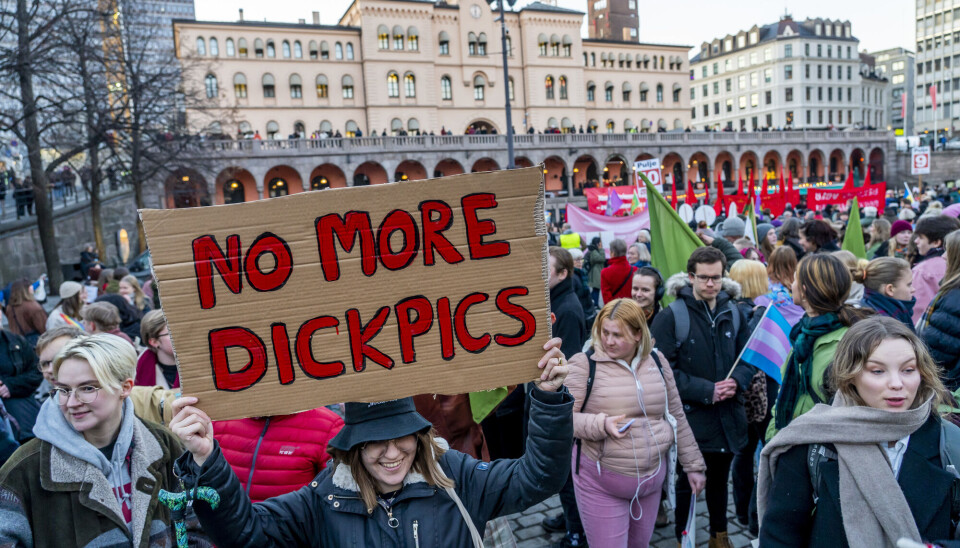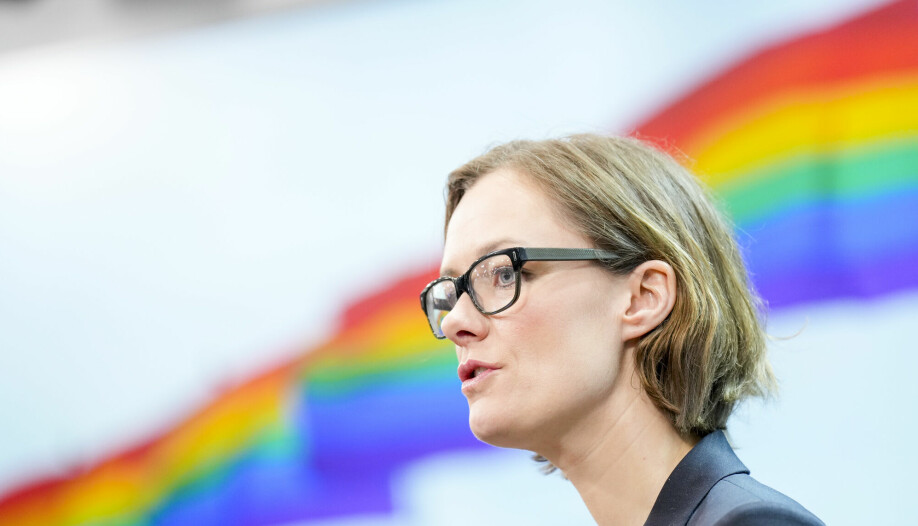
This is why we celebrate International Women's Day today
Why is it important to celebrate this day?
“Because equality does not come by itself. We still have many battles for gender equality to fight – not only in countries that are less equal than us, but also here at home,” Anette Trettebergstuen says.
She is the Minister of Culture and Equality in Norway and part of the Labour Party.
When did it start?
International Women's Day was established in 1977, after the UN named 1975 as the International Women's Year.
But in the USA, the day itself was celebrated as early as 1909. In Norway it was first celebrated in 1915.
The aim of the day is to draw attention to women's struggles and rights.
Equality in Norway
Norway is one of the world's most equal countries, but there are still inequalities between men and women that affect lives.
“Women earn less than men. They more often work part-time, and they are more often exposed to sexual harassment and rape,” Trettebergstuen says.
Recently, it became known that one in five Norwegian women has been subjected to rape, whilst three in 100 men have experienced the same.

Men earn more than women in Norway
A Norwegian woman earns on average 87.6 per cent of what a man does, according to Statistics Norway's figures from 2022.
There are several reasons for that.
One of the reasons is that there are more men amongst those with the highest salaries.
70 per cent of those who work in the public sector are women. Many of these are nurses and teachers, who do not earn very much.
More women have part-time positions. This means that they work less than usual, and therefore also earn less. Women who work are also, on average, younger than men. That's because there are fewer older women working.
When you are younger, you also have less experience and are therefore paid less.
“In order to compete with men, women are often encouraged to be tougher, more forward, more ambitious, and prioritise children and family less. The challenges are placed on the women's shoulders, and this is wrong,” Hege Kristin Andreassen told forskning.no in 2020 (link in Norwegian).
She is a social scientist and head of the Centre for Care Research.
“Research shows that you can change the structures through working with management. It is extremely important that managers are aware of inequalities in terms of gender and other factors,” she said.
More male bosses
Only 14 per cent of the largest companies have a woman as top manager.
In the municipal councils, there are 60 per cent men and 40 per cent women.
Four out of five work in a male- or female-dominated occupation, which shows that the labour market is still divided by gender. But in recent decades, more women have chosen an education that has traditionally been male-dominated. For example, law, medicine, and economics.
“Additionally, we need an increased focus on women's health – all too often the starting point for what is normal is the male body. And women who raise their voice in public often get a lot of criticism that is personal and based on gender – instead of opinions,” Trettebergstuen says.
“This causes many important voices to fall silent, and it is a great loss for our democracy. 8 March is an important day to remind us of the equality we still have to strive for – every day.”
Women and the Internet
This year's theme for International Women's Day is digital technology.
“This year's theme is extremely important. Technology gives us endless possibilities and is positive in so many ways, but it also requires us to make sure that technology is for everyone,” Trettebergstuen says.
The Internet is a big part of our lives can be used for everything from being on social media to booking a doctor's appointment.
Yet 37 per cent of women in the world are non-digital.
259 million fewer women have access to the Internet than men.
If women do not have access to the Internet, and do not feel safe online, they are unable to learn what they need to know in order to get a job as, for example, an engineer or a mathematician.
“Another important topic is digital violence. The Internet provides new arenas for misogyny, incitement, and sexual harassment. Women and girls are exposed to different forms of digital harassment than men – it often relates to the person and their appearance, more than opinions,” Trettebergstuen says.
———
Translated by Alette Bjordal Gjellesvik.
Read the Norwegian version of this article on ung.forskning.no





































